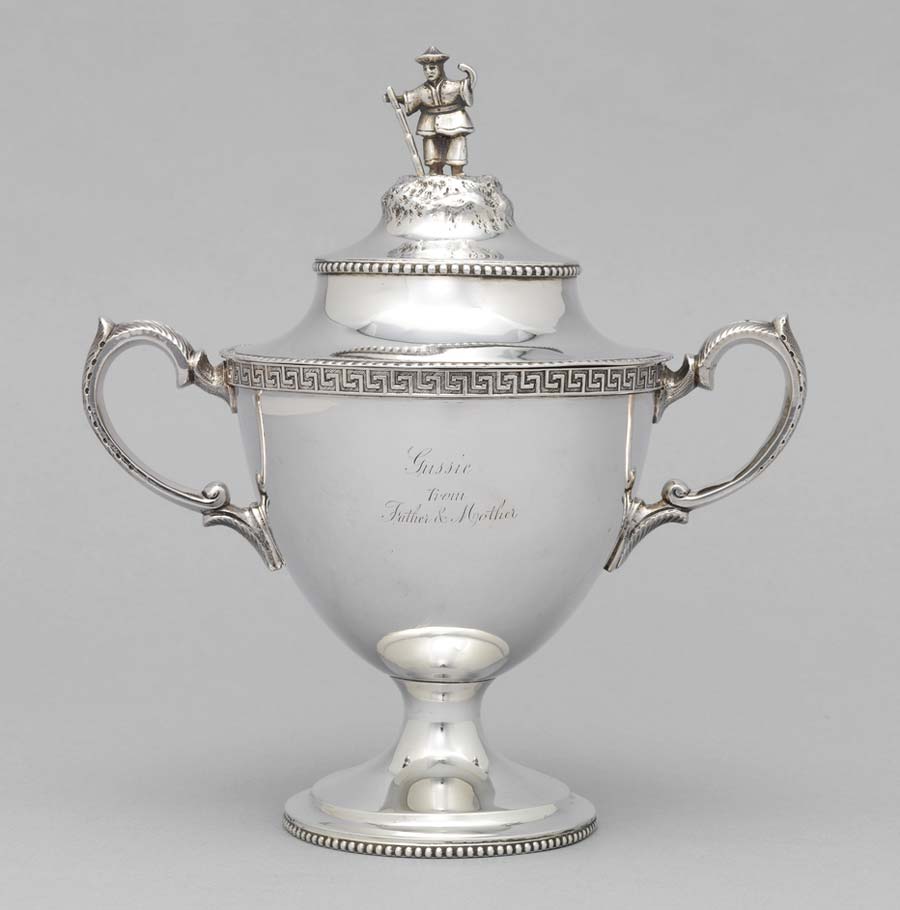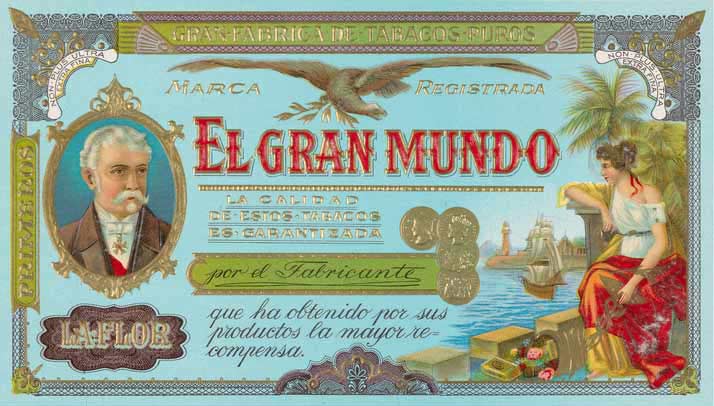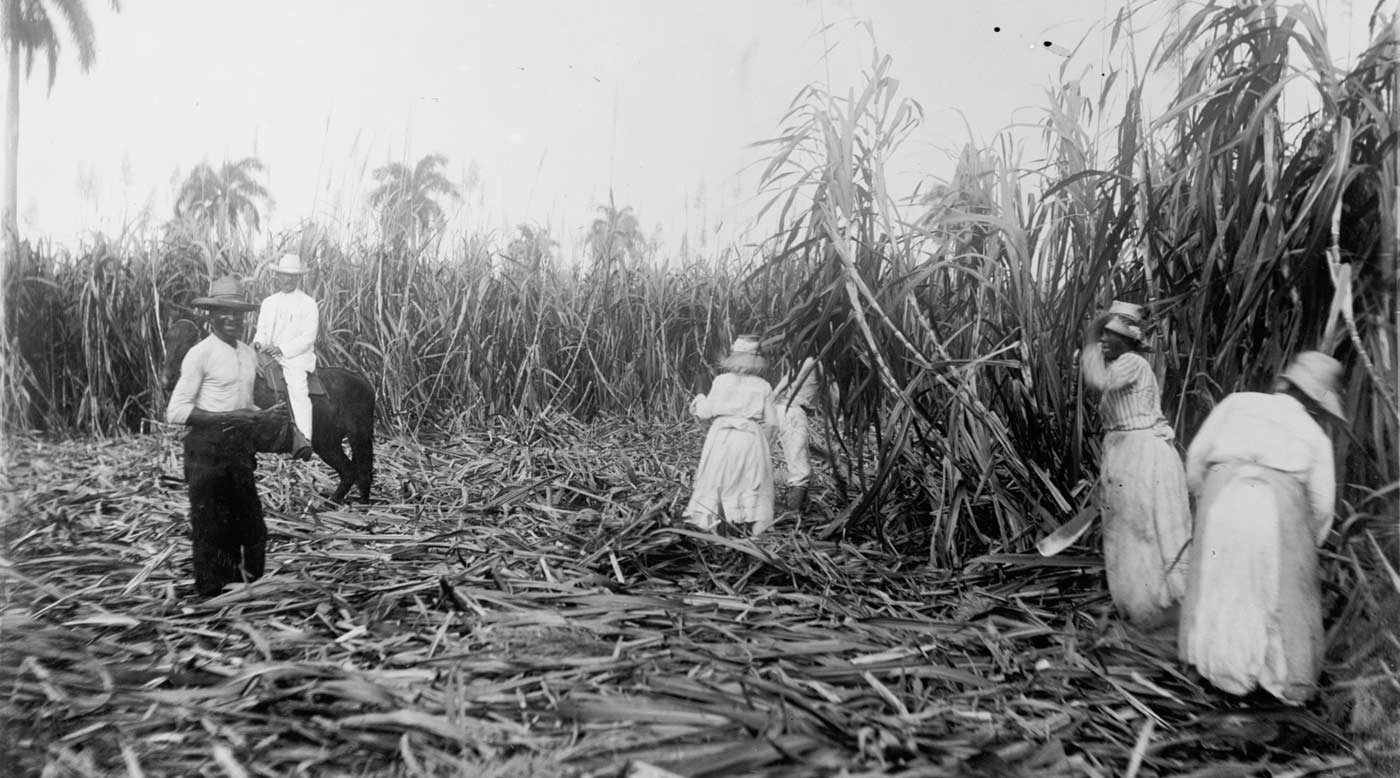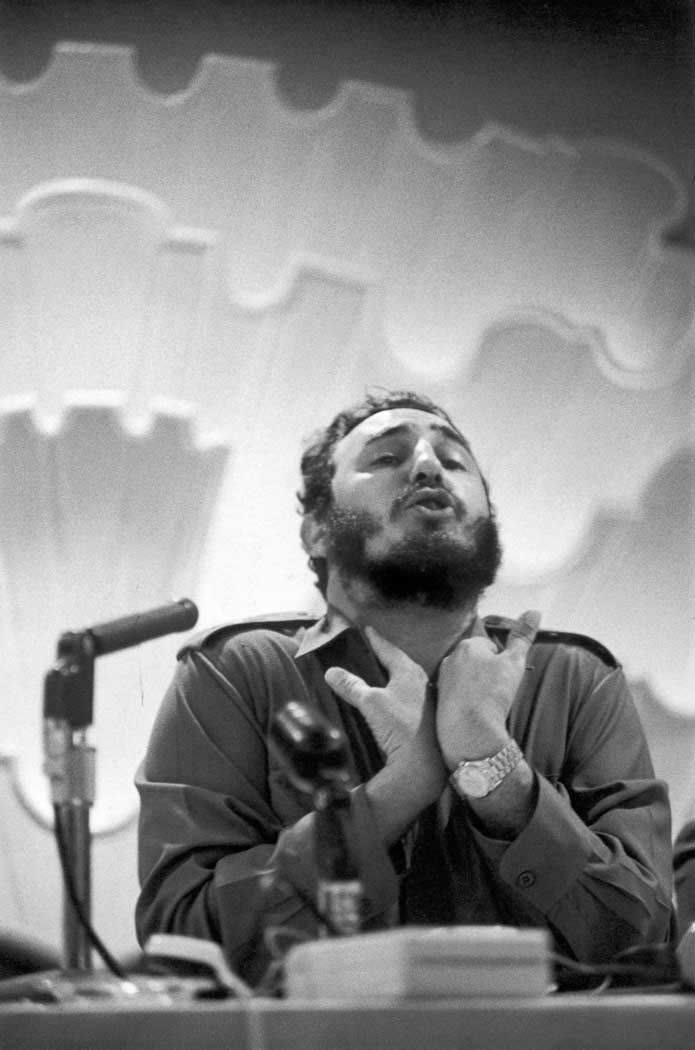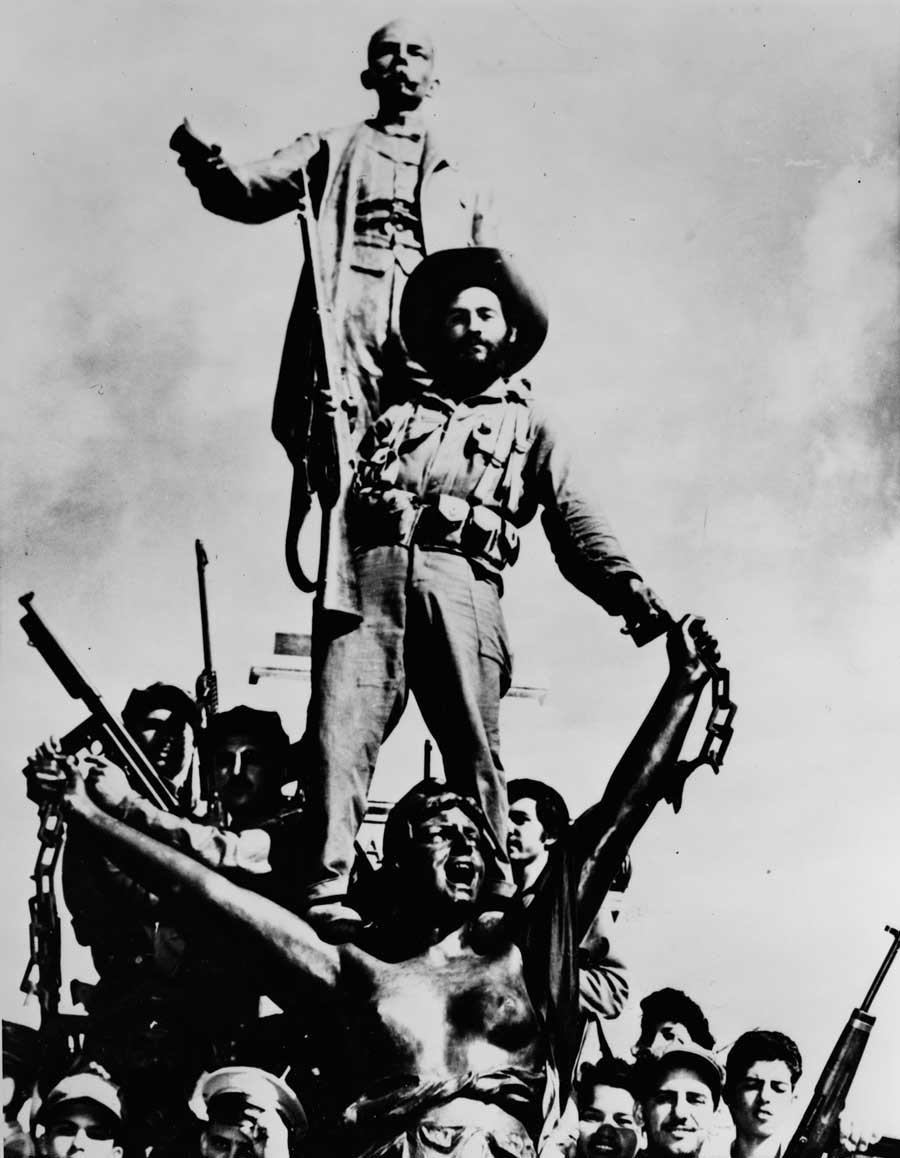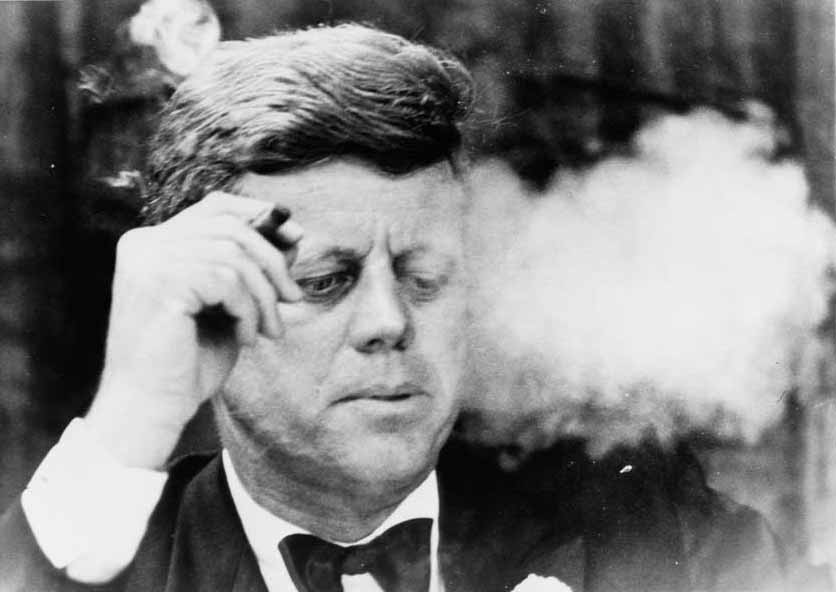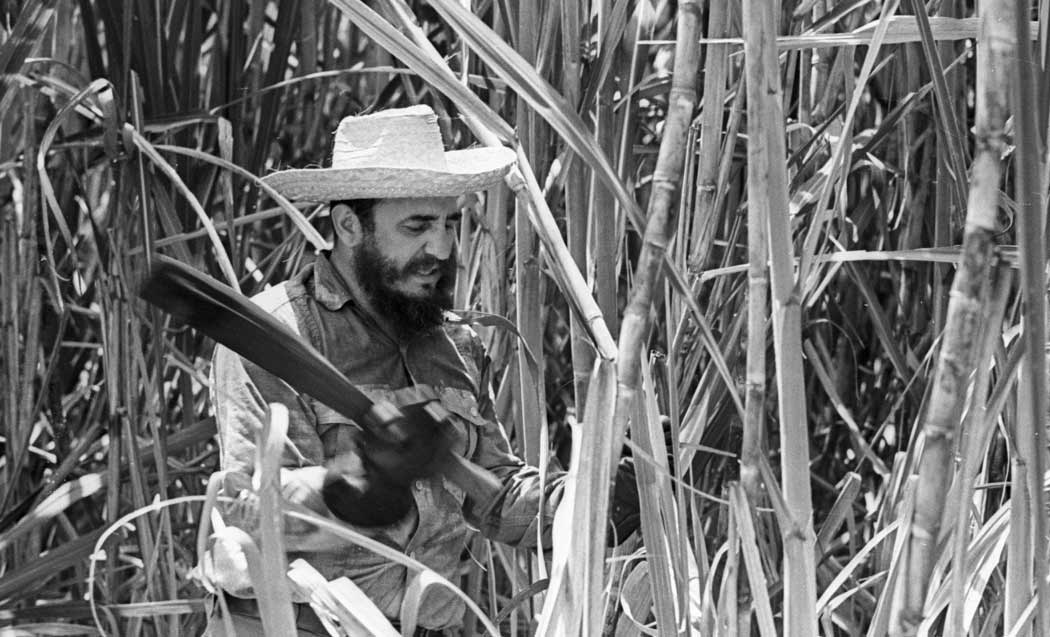The purpose of that bell was to imprison the natural agricultural cycle of sunrise to sunset within the harsh chronometrics of industrial labor. Of course, by the time Campos-Pons was born, the crews who performed this labor were no longer called slaves and had not been for the span of a human life. When she was small, Campos-Pons and her friends would adorn themselves in garlands of flowers, join hands in a circle, and sing, dance, and play on the same patch of ground where their grandfathers and great-grandfathers, their grandmothers and great-grandmothers, were stripped to the waist and publically whipped, the lash tearing deep into the skin, again and again, leaving infection and death, or scars that outlasted the bodies that bore them. (Yet La Vega, during her childhood, was, Campos-Pons recalls, a place imbued with "the kind of generosity, the kind of giving of self in a more engaging way that I have not seen in any other part of the planet.")
In 1880, the Spanish colonial government decreed the gradual abolition of slavery in Cuba; all those still enslaved were to continue serving without pay for a varying number of years, and all would be free, and paid, by 1888. But abolition changed little at La Vega de Tirso Mesa, as La Vega was known in those days, with its fields, buildings, and equipment all owned by an individual named Tirso Mesa y Hernandez. The question of whether or not he owned the laborers, as well, turned out to be rather insignificant insofar as his financial interests were concerned. Before, during, and after abolition, the plantation continued to reliably effect the magical transmutation that all tobacco and sugar plantations are called upon to perform: the metamorphosis of fertile meadowlands and human muscle and sweat into money.
Not much changed even in 1896, during Cuba's final revolution of independence from Spain, when the manor house in La Vega where Tirso Mesa and his family spent part of every year was burned to the ground by insurgent forces. The Mesa y Hernandez family was in Puerto Rico at the time, on their way back to Cuba from a European sojourn. When they learned what had happened, they changed their plans and headed for New York to spend the next five months in a luxury hotel before proceeding on a long and leisurely journey across the United States, then setting sail back to Europe.
By early 1898, around the time the USS Maine exploded in Havana's harbor, it had become quite clear that the arc of history was bending away from the Spanish empire. That year, Tirso Mesa and other moneyed members of Cuba's sacarocracy—most of them, like him, comfortably ensconced elsewhere— belatedly rushed to donate funds to the insurgency, eager to make a show of support before Cuba's new rulers came to power. Tirso Mesa contributed 20,000 French francs to the Cuban rebels, sent via New York from an address on the Rue de Rivoli in Paris, where his family had taken up residence. The pseudonym under which he made the donation was Colón.
Later in 1898, of course, Cuba's insurgent forces and their U.S. allies pushed the Spanish empire out of the Caribbean for good, and the U.S. raised its own flag over Cuba and settled in to occupy the country. The house in La Vega was rapidly rebuilt and, in 1900, the Mesa y Hernandez family moved right back in. A few months later, however, Tirso Mesa y Hernandez returned to the United States on a quick errand. He had decided there was an additional measure he needed to take in order to protect his family's interests in those tumultuous times. He petitioned the United States District Court for the Southern District of New York for citizenship, solemnly swore before the judge that he had resided continuously in New York City since 1888, and brought in witnesses to swear to the truth of his statement. His citizenship secured, he swiftly went home to Cuba, to La Vega.
Just after the second U.S. occupation of Cuba (1906–08), the Office of the Chief of Staff of the War Department published a small volume called Road Notes Cuba 1909, a kind of verbal map. Road No. 9 leads from Vega de Tirso Mesa to Calimete and is described as "a fairly good dirt road, practicable for wagons in the dry season." The book reads: "From Vega (2.5 miles south of Guareiras) take road running southwest, following standard-gauge spur; cane fields both sides, no fences. Telephone line following road (three wires)."

